Experts predict that from now until the end of the year, interest rates may remain stable, helping businesses access cheap capital sources.

Decreases in most terms
According to the latest data, interest rates in the interbank market decreased in most terms. Of which, the overnight term decreased sharply by 2.05%, down to 1.67%/year; the 1-week and 2-week terms decreased by 1.65% and 0.7%, down to 2.2%/year and 3.26%/year, respectively; the 1-month term also decreased by 0.73% to 3.52%/year. Thus, interbank interest rates are at a low level, even at times reaching a record low, especially the overnight interest rate. The fact that banks are lending to each other at very low interest rates may be due to many factors such as abundant liquidity in the banking system or the economy 's low demand for loans.
Experts believe that the reduction in interbank interest rates has a positive impact on the economy, encouraging lending and investment activities, promoting economic growth. Because low interbank interest rates help commercial banks access capital at lower costs, thereby reducing lending interest rates for businesses and people, encouraging production, business and investment activities. In addition, banks can easily borrow from each other to meet liquidity needs, helping to stabilize the operation of the entire system. Reducing interest rates can help businesses and individuals have easier access to capital to expand production and business, invest in new projects.
Along with interbank interest rates, VND deposit and lending rates also decreased. As of the end of May, the average 12-month term interest rate at private joint-stock commercial banks decreased by 12 basis points compared to the beginning of the year, to 4.93%/year. State-owned banks also maintained low deposit interest rates, around 4.7%/year.
Lending interest rates are also not out of the trend when the average lending interest rate for new loans in the commercial system fell to about 6.34%/year, down 0.6 percentage points compared to the end of 2024. Representatives of banks also affirmed that this is a record low in many years, even lower than the period affected by the Covid-19 pandemic. In the period 2020-2022, the lowest average quarterly lending interest rate stopped at only 7.9%/year (quarter I-2022), significantly higher than the current level.
Room to lower interest rates is getting narrower
A report from the State Bank shows that credit in the entire economy by the end of May 2025 increased by 6.52% compared to the beginning of the year, a much stronger increase than the 2.41% figure in the same period last year. As of June 16, credit had increased by 6.99% compared to the beginning of the year, while at the same time in 2024, credit had only reached 3.75%. Credit flows are being cleared, contributing significantly to total social investment and supporting economic growth to achieve the set targets. With the target of credit growth for the whole year at 16%, equivalent to about 2.5 million billion VND, the credit space for the second half of the year is about 1.6 million billion VND.
Forecasting the interest rate trend from now until the end of 2025, experts said that if the State Bank continues to pump liquidity into the banking system, the interest rate level can be maintained at the current low level. However, keeping interest rates low for a long time will put great pressure on the exchange rate. In the context of the USD showing signs of weakening, but the VND still depreciating against the USD, the economy is at risk of falling into a state of "double weakness", making it difficult to maintain exchange rates and limiting the ability to manage interest rates more flexibly in the coming time.
However, the room for further interest rate cuts is narrowing. The State Bank warned that the sharp decline in lending rates in recent times has limited the possibility of further adjustments. At the same time, credit demand is forecast to increase in the second half of the year, the peak period for production, business and consumption activities to achieve the set GDP growth target. Not to mention that the credit institution system may face difficulties in mobilizing capital due to strong competition with other investment channels such as stocks, real estate, corporate bonds, etc. Clearly, the interest rate level maintained at a low level, combined with priority credit packages and efforts to promote public investment disbursement, is creating a "boost" for credit capital flows.
Governor of the State Bank Nguyen Thi Hong affirmed that the State Bank will continue to closely monitor domestic and international market developments to proactively and flexibly manage monetary policy, closely coordinating with fiscal policy and other macroeconomic tools. The goal is still to maintain macroeconomic stability, control inflation, ensure major balances of the economy, and promote growth. The State Bank's consistent management policy is to require commercial banks to reduce input costs to keep output interest rates at a reasonable level - a key factor to support economic growth recovery.
Governor of the State Bank Nguyen Thi Hong:
Flexible operation, ensuring system safety

As the “bloodline of the economy”, the banking system continues to mobilize idle capital for lending, thereby activating, leading and spreading growth drivers such as investment, consumption and export. According to statistics, credit increases by an average of 14-15% per year, much higher than many countries in the region. To meet the 2025 growth target, the State Bank sets a credit target of about 16% and is ready to adjust flexibly if inflation remains under control.
At the same time, the banking system will continue to develop strongly, diversify convenient services, pioneer in digital transformation, help businesses and people save costs, and improve operational efficiency.
With the role of managing monetary policy in an economy with great openness, the State Bank will continue to closely monitor developments to operate flexibly; implement reasonable management solutions, with reasonable duration and time to contribute to controlling inflation, stabilizing the macro-economy, stabilizing the foreign exchange market and ensuring system safety.
Associate Professor, Dr. Nguyen Huu Huan, Lecturer, University of Economics , Ho Chi Minh City:
Interest rates to remain low until the end of the year

If the State Bank continues to pump more liquidity into the system, interest rates will remain low. However, everything has two sides, if interest rates are kept low in the current context, exchange rate pressure will increase. Although the USD is on a weakening trend, the VND continues to depreciate against the USD, meaning a double weakening situation occurs.
It is forecasted that this year's credit growth will be better than last year's, but there is still a lot of room for credit growth. Whether the economy can absorb this amount of capital depends mainly on exports. Meanwhile, external factors are creating many difficulties and challenges for the export sector, especially in terms of tariff policies. Obviously, mobilization interest rates are low and will continue to remain low from now until the end of the year.
In fact, the stock market is still “green on the outside, red on the inside”, the real estate market is recovering but slowly. Therefore, people tend to tighten their belts, choose to deposit money in banks and wait for other investment opportunities.
Chairman of the Board of Directors of VietinBank Tran Minh Binh:
Cut costs to lower lending rates

Vietnam Joint Stock Commercial Bank for Industry and Trade (VietinBank) continues to provide capital for the economy, directing credit capital to production and business sectors, priority sectors and growth drivers, ensuring safe and effective credit operations. Specifically: Lending to priority sectors; lending to remove obstacles and promote the real estate market; implementing special preferential credit programs for young people under 35 years old with interest rates of only 5-6%/year. At the same time, VietinBank continues to simplify lending procedures to support people and businesses in accessing credit capital; reducing costs to have a basis to lower lending interest rates.
From now until the end of the year, VietinBank will continue to increase the proportion of retail credit, strengthen debt quality management and reduce cases of interest evasion. With good asset quality and a large reserve buffer, VietinBank has enough room to be flexible in setting up provisions to complete the set targets.
Thanh Nga recorded
Source: https://hanoimoi.vn/lien-ngan-hang-lai-suat-dang-xuong-muc-thap-thanh-khoan-cua-he-thong-ngan-hang-doi-dao-706951.html




![[Photo] General Secretary To Lam attends the 8th Congress of the Central Public Security Party Committee](https://vphoto.vietnam.vn/thumb/1200x675/vietnam/resource/IMAGE/2025/10/4/79fadf490f674dc483794f2d955f6045)
![[Photo] Solemn opening of the 8th Congress of the Central Public Security Party Committee, term 2025-2030](https://vphoto.vietnam.vn/thumb/1200x675/vietnam/resource/IMAGE/2025/10/4/f3b00fb779f44979809441a4dac5c7df)
![[Photo] Bustling Mid-Autumn Festival at the Museum of Ethnology](https://vphoto.vietnam.vn/thumb/1200x675/vietnam/resource/IMAGE/2025/10/4/da8d5927734d4ca58e3eced14bc435a3)

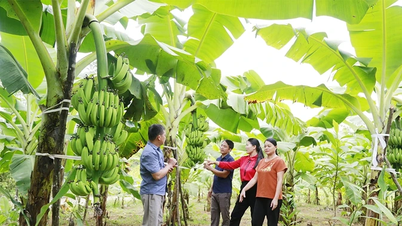















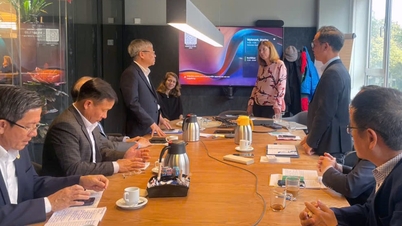

















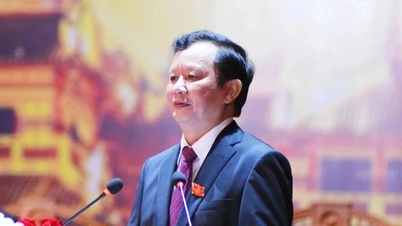




















![[VIDEO] Summary of Petrovietnam's 50th Anniversary Ceremony](https://vphoto.vietnam.vn/thumb/402x226/vietnam/resource/IMAGE/2025/10/4/abe133bdb8114793a16d4fe3e5bd0f12)
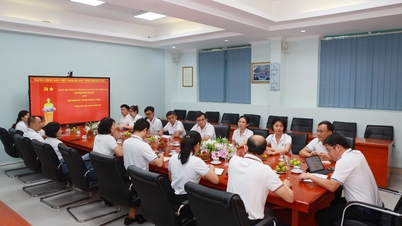
![[VIDEO] GENERAL SECRETARY TO LAM AWARDS PETROVIETNAM 8 GOLDEN WORDS: "PIONEER - EXCELLENT - SUSTAINABLE - GLOBAL"](https://vphoto.vietnam.vn/thumb/402x226/vietnam/resource/IMAGE/2025/7/23/c2fdb48863e846cfa9fb8e6ea9cf44e7)


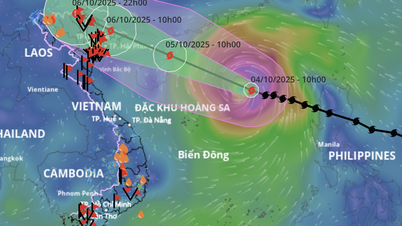

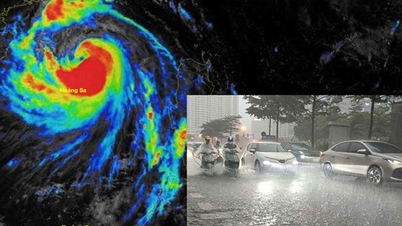

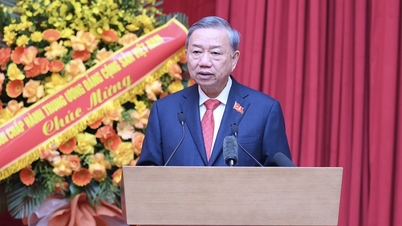




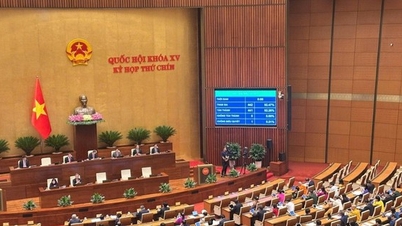







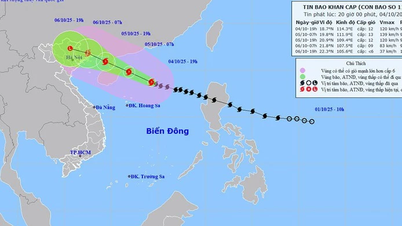







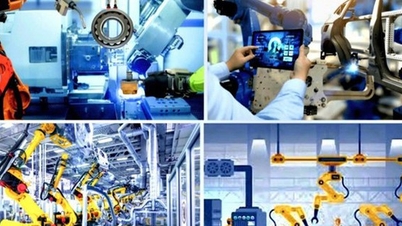





Comment (0)